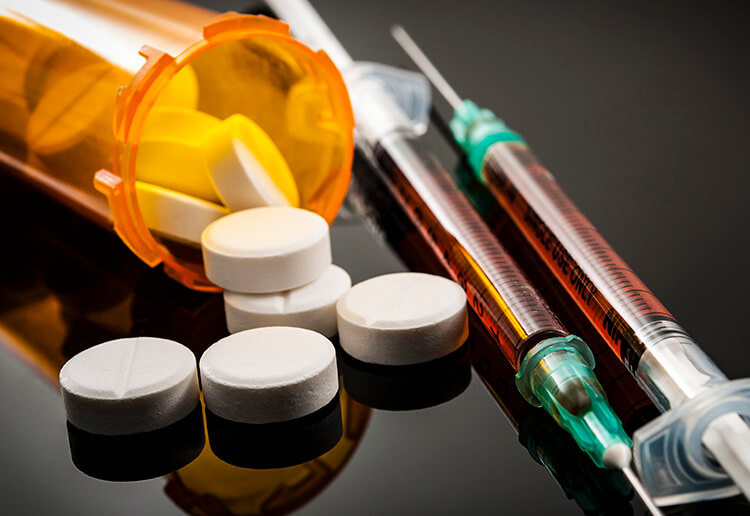Hay fever or allergic rhinitis is a condition which is also commonly known as allergic rhinosinusitis. In the United States, 10 to 30 percent of adults and kids are having hay fever. The number of new cases in urban areas and industrialized countries keeps increasing. The best medicine for hay fever is depending on factors like patients’ overall condition, the severity of hay fever, and the presence of any comorbidities. However, an antihistamine like clarinase is a common medication given to patients. Hay fever causes a significant negative impact on the economy. This is because:
- Hay fever contributes to 2.5% of total clinic visits annually
- 6 million workdays lost each year
- 2 million school days are lost every year
The signs and symptoms of hay fever are:
- Runny nose
- Sneezing
- Cough
- Fatigue
- Nasal itchiness
- Nasal obstruction
The risk factors for developing hay fever are:
- Firstborn
- Male
- Born in pollen season
- Maternal smoking
- Early exposure to antibiotics
An antihistamine such as cetirizine and loratadine are usually given for mild to moderate allergic rhinitis. However, severe hay fever or those patients with comorbidities may require other medications like glucocorticoids or omalizumab, or dupilumab. The main chunk of treating hay fever is to avoid allergen with medications as an adjunct. The frequently used treatments are:
- Nasal saline
- Oral medications like clarinase
- Steroid nasal spray
- Decongestant spray
Clarinase can also be used to treat conditions like a common cold. The common cold is mainly transmitted via direct contact with hands contaminated by nasal secretions. Most viruses that cause the common cold are not transmitted via saliva, hence, kissing per se is safe, but close and direct contact will still expose a person to the common cold. Being in a cold cold climate or exposed to cold air is not a trigger to the common cold. The clinical features of the common cold are:
- Runny rose
- Fever
- Nasal congestion
- Sore throat
There is no absolute treatment for the common cold. Treatments or medications given are mainly to relieve the symptoms. The main thing to understand here is that antibiotics have no role in the common cold as virus infection is not treated by giving antibiotics. Only bacterial infection that requires antibiotics.
Clarinase helps in curing and reduces sneezing, nasal congestion, pruritus, rhinorrhea, and watery eyes. The active ingredients in clarinase are loratadine and pseudoephedrine sulfate. Clarinase acts in the human body by decongesting the mucous membrane of the respiratory tract. Overdose of clarinase may cause:
- Drowsiness
- Reduce mental alertness
- Coma
- Cardiovascular collapse
- Hallucination
- Insomnia
- Seizure
- Tremor
- Death
- Rapid heartbeats
- Palpitations (heart beating against the chest)
- Thirst
- Dizziness
- Blurring of vision
- Tinnitus (Noisy ringing sensation)
- High or low blood pressure
- Dizziness
- Headache
- Nausea
- Vomiting
- Thirst
- Sweating
- Restlessness
- Anxiety
- Muscle weakness
- Respiratory failure
Clarinase should not be used or given to individuals who are allergic to clarinase, those who are on monoamine oxidase inhibitors, glaucoma patients, patients with urinary retention, hyperthyroidism, severe high blood pressure, and serious coronary artery disease.
Clarinase should only be consumed by pregnant ladies only if the benefits outweigh the potential risks to the baby. The nursing mother should get advice from a physician before taking clarinase as this medication will be excreted in the breast milk and will be consumed by the baby.
The possible side effects from taking clarinase at a prescribed dose are:
- Acne
- Decrease libido
- Tongue discolouration
- Depression
- Migraine
- Coughing
- Dehydration
- Baldness
- Frequent and multiple urination
However, prolonged use of nasal decongestant is not recommended as it may cause a condition known as rhinitis medicamentosa. There is also a role for complementary medicine in treating this condition such as chinese herbal medicine, ayurvedic medicine, and acupuncture.




/GettyImages-482186651-570036bf3df78c7d9e5d39aa.jpg)